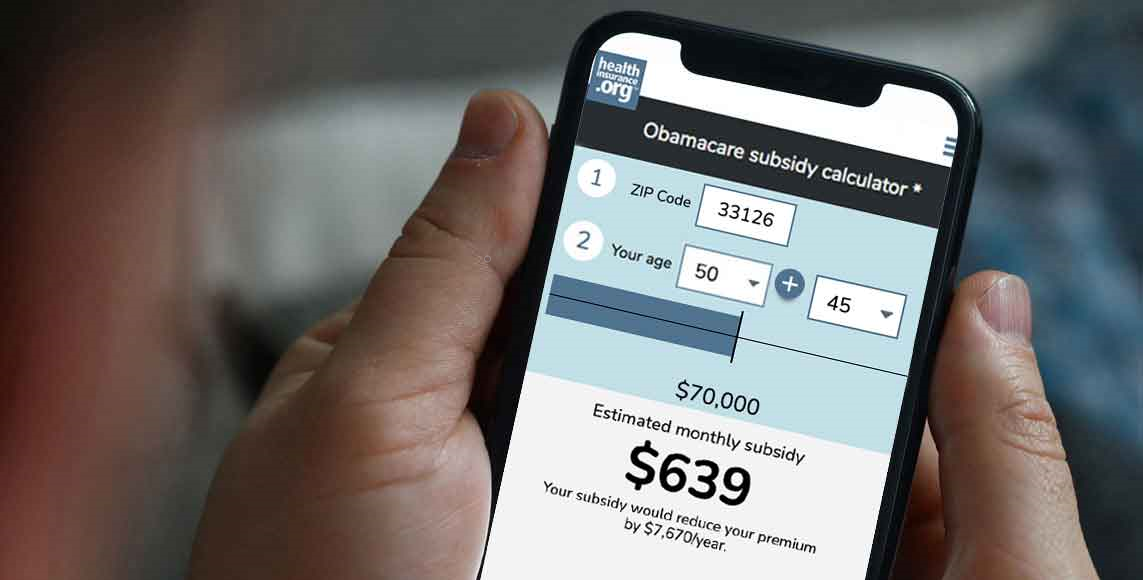
Federal disability programs
Harold: Let’s shift gears to talk about SSDI, Social Security Disability Insurance. This gets into an area where most (non-disabled) Americans are thoroughly baffled. How has SSDI – and its companion SSI (Supplemental Security Income) – expanded, and how has that had some unintended, or some employment-reducing consequences?
Sam: There are a couple of things going on here. One concerns eligibility. If you read the SSDI statute, what it says is that you have to be unable to work in any job in the national economy, and unable to earn substantial gainful income in any job in the national economy. That’s a really broad standard. It’s really hard to make sense of that in individual cases.
Through the years, the Social Security Administration, trying on the one hand to give benefits to people who deserve them, who really can’t, because of whatever reason, work in any legitimate job that they can think of. On the other hand, trying to keep the statute within bounds, make sure that it’s not just giving out money to everybody, have developed a series of rules, administrative rules to try to make sense of the statute.
Throughout the 1980s, there was this push and pull between the administration and Congress about what those rules would be [particularly] on issues such as pain or mental disabilities, which are difficult to measure objectively, but can be really disabling for many people.
The broader interpretations of the disability definition went when the recession hit in 1990. Lots of people who couldn’t find jobs – who probably did have real pain or some mental disabilities, but who otherwise would have been in the workforce – ended up on Social Security Disability Insurance, because that was the safety net available to them.
One of the persistent facts about SSDI is that once you get in, you don’t get out. It’s really hard to get off Social Security Disability Insurance, and there are a lot of reasons for that. That’s one of the reasons why you see this persistent decline in employment for people with disabilities that really accelerates, not when the ADA takes effect in 1992, but instead a couple of years before, when we had this recession.
Next: 3 of 7 – What ‘This American Life’ missed about disability








